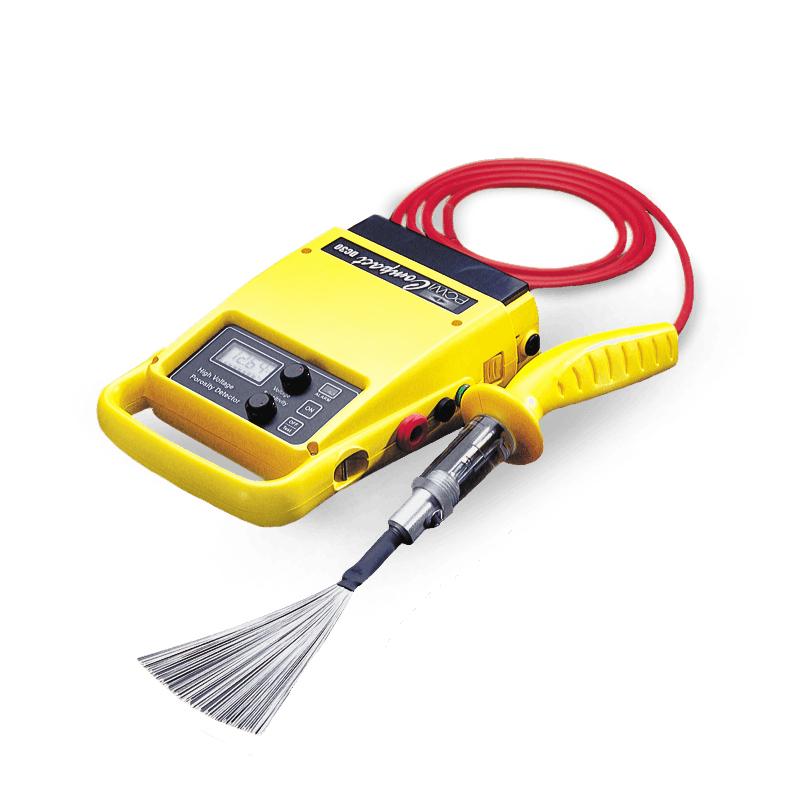Method for determination of porosity of coatings
In coating technology, the integrity and uniformity of the coating are the key factors that determine its performance. Especially when coatings are used for electrical insulation or anti-corrosion applications, tiny pinholes and defects can cause serious problems such as current leakage or corrosion. Therefore, it is important to quantitatively evaluate and understand the porosity of coatings. This paper will discuss in depth the measurement method of coating porosity, its importance and how to ensure the quality of coating.
1. Definition and importance of coating porosity
Coating porosity refers to the number of pinholes and defects in the coating. Pinholes and defects not only affect the overall performance of the coating, but can also be the starting point for coating failure, especially in electrical coatings and anti-corrosion coatings. Defects may result in leakage of current, intrusion of corrosive media, or early destruction of the coating.

2. Materials and instruments required for coating porosity testing
Test plate: Select clean A-type cold rolled steel plate to ensure that its size meets the requirements.
High voltage generator: can produce an adjustable range of DC output voltage, and ensure that its steady state short circuit current and current maximum within the specified range.
High voltage test head: internal protective resistance to limit the current during high voltage flashover, and conductive sheath.
Electrodes: Made of a soft metal brush, ensure that the bristles are in close contact with the coating and there are no leaks. In addition, conductive rubber electrodes are a viable option.
Method for determination of porosity of coatings
3. Measurement method and procedure of coating porosity
Coating preparation: It is recommended to use a fluidized bed coating process to prepare the coating, ensuring that the coating has been cured for the appropriate time and conditions, and prepare five samples.
Measurement steps: Adjust the test voltage to the specified value, use the test electrode to sweep the coating surface, moving speed does not exceed the specified speed. During this process, the test voltage needs to be closely monitored to ensure that its drop is within the acceptable range. When the electrode detects a pinhole or defect, a spark discharge is generated, accompanied by a light or sound signal.
4. Result analysis
The number of pinholes or defects per sample will be recorded. These data are important for evaluating the quality and uniformity of the coating.
Method for determination of porosity of coatings
5. Standard reference for coating porosity
In order to ensure the accuracy and reliability of the measurement of the porosity of the coating, we refer to the national standard GB/T 6554. The standard provides us with detailed test methods and guidance.
6. Conclusion
The uniformity and integrity of the coating is essential for its performance and service life. Through rigorous measurement methods and high-quality test instruments, we can accurately evaluate the porosity of the coating, thus ensuring the effectiveness and long-term stability of the coating. In practical applications, proper coating preparation methods and quality control processes will ensure that the coating achieves better performance and meets electrical or anti-corrosion requirements.
